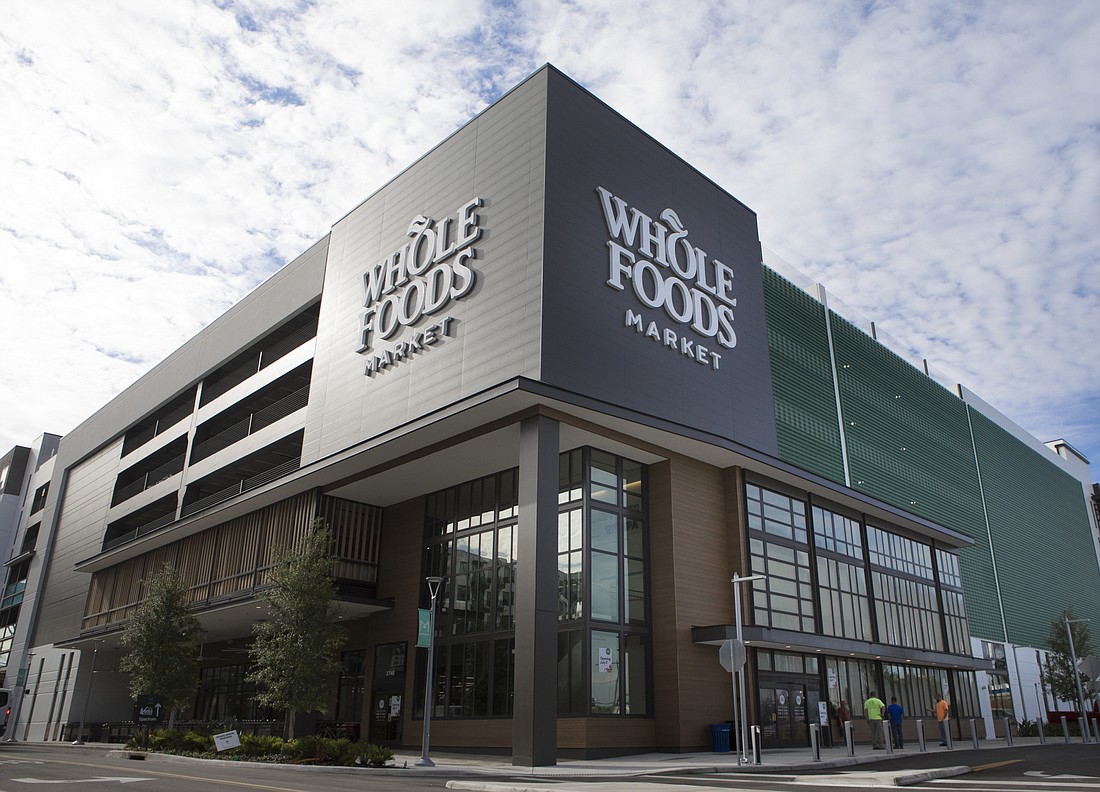- December 13, 2025
-
-
Loading

Loading

Whole Foods Markets opened its new 48,000-square foot store in one of Tampa’s newest, highest profile developments in early July.
While officials celebrate the opening, and as curious shoppers check out the new digs, chances are pretty high a delivery truck owned by The Kroger Co. will drive by on Dale Mabry Hwy.